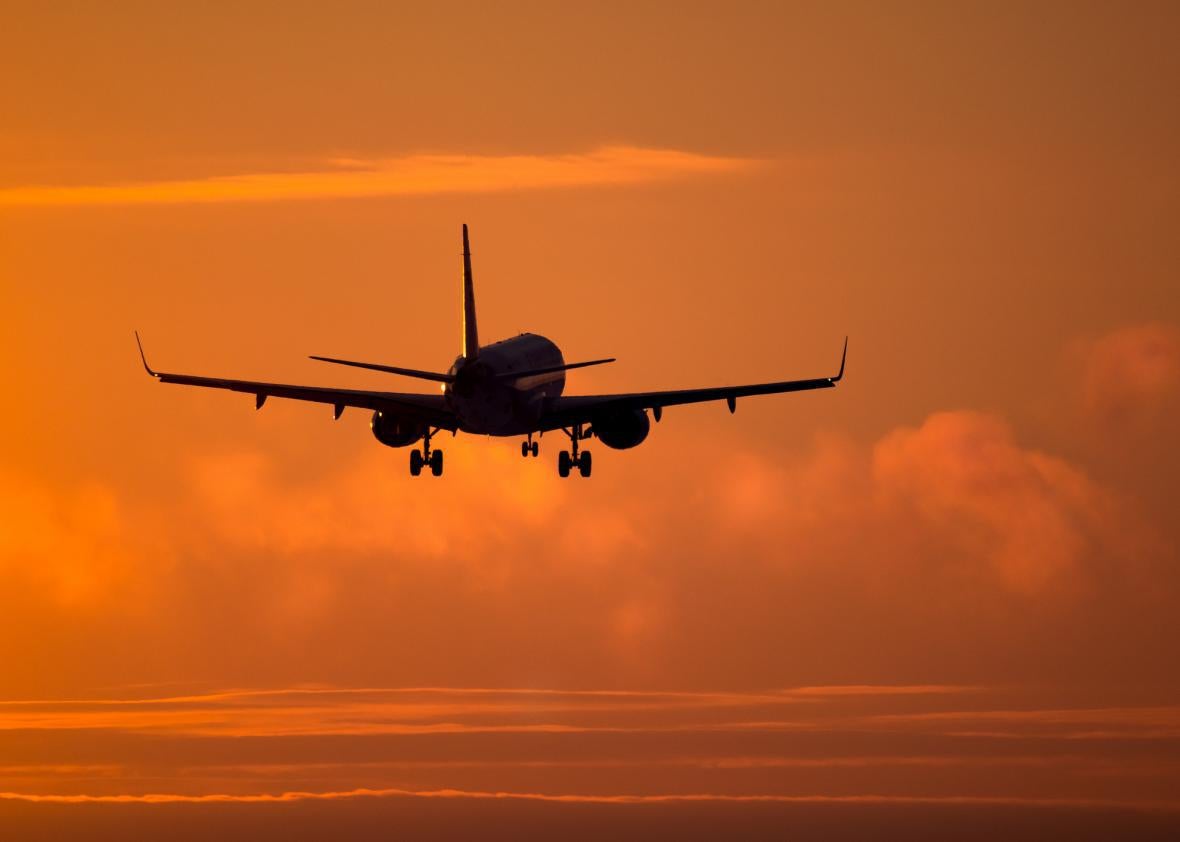This question originally appeared on Quora, the place to gain and share knowledge, empowering people to learn from others and better understand the world. You can follow Quora on Twitter, Facebook, and Google Plus.
Answer by Stan Greenspan, licensed private pilot:
You can teach anyone to fly straight and level in about 10 seconds. Push the wheel or stick forward, and the ground gets bigger. Pull the wheel or stick back, and the sky gets bigger. Turn or push right, you turn right; turn or push left, you turn left. Congrats, you can fly straight and level. It takes about 10 brain cells to do this, so you can do everything else while you fly straight and level.
Taking off is pretty easy, too. Just point the nose toward the end of the runway (far end!) and apply throttles. When it gets going fast enough to fly, it will, and you get to manage the climb out. Not too hard.
Navigation takes time. You need to fly far enough to get lost and then find where you are on the map. They make you do that so when the screen goes out, you can find your way back. All the other air work is mostly to make sure you don’t drop out of the sky if you screw up somehow.
Landings are where you spend the other 75 percent of your training time, first with power and the wind down the runway, then with a crosswind. When you can land it so smoothly nobody can tell (a “greaser”), you get to move to the hard stuff.
You’ll be flying around the circuit or pattern, and the instructor will calmly reach over and pull the throttle out to idle (go-fast is when the throttle is push full forward or “fire-walled”) and says, “Oh dear, the engine seems to have failed!” You declare a (simulated) emergency and land the plane. You do it from all sides of the field landing into the wind, across the wind, and with the wind (when you have completed everything else), and when you can do it without a sweat, you’ll begin to practice out in the training area.
Flying along at 3,000 feet, the instructor will again play with the throttle and leave you without power. You then have to find a place to land and get ready to do it. You’ll do it over and over again until you learn to fly with one part of your brain looking for a place to put it down if the engine stops, either because the nut-bar instructor beside you decides it’s time or because, well, the engine decides it’s time to stop working. You use the other 99 percent of your brain to keep watching and working on where to put it down safely. On your first trip over a large body of water, you begin to sweat a bit more, because you really want to keep it dry if the engine or engines start to sound funny. (And they always do that first time.)
Flying lessons are not so much about flying but about emergencies. You can’t “pull over” and deal with something on a cloud someplace. You need to be aware at all times of someplace to put the plane down if you really need to.
The only time I had an engine issue, I was flying over the city of Toronto, actually right over the downtown area, where there are no large places to land. Roads are no good—there are always wires crossing every road, and most parks are full of trees. Trees are pretty soft for the most part (they told us that in flight school), but it’s bad form to bash up the plane by putting a branch through the wing.
I was lucky in that it wasn’t a total loss of power, and I was close enough to three airports (not counting Pearson), and I had enough altitude to get to at least one of them at all times. The engine was having issues making full power, and it wasn’t carb ice, I had put the heater on, so getting down back at Buttonville was the best choice. I called them up, they cleared me straight in, and I landed it. Was I worried? Not really. I knew I could land it. I had practiced enough.
Funny story time: Once during training, the instructor idled the engine, and I began to look for a nice spot to land. It was farm country, so there were lots of places to put the plane. I found a nice corn field and had the plane down to about 100 feet ready to land it when the instructor let me add power again to go back up into the sky. As it happens, an airplane with the engine idling is pretty much silent. Well, as it would happen, at the left side of the corn field was a farm house with a garden and a woman bent over tending to her plants, with her back to me. I can see this out my side window. Again, I’m about 100 feet up and maybe 150 feet from her when the airplane becomes rather loud. She was very surprised, to say the least! The look on her face was priceless. I did wave, and she didn’t complain.
What kind of emergency landing training do pilots receive? originally appeared on Quora. More questions on Quora:
